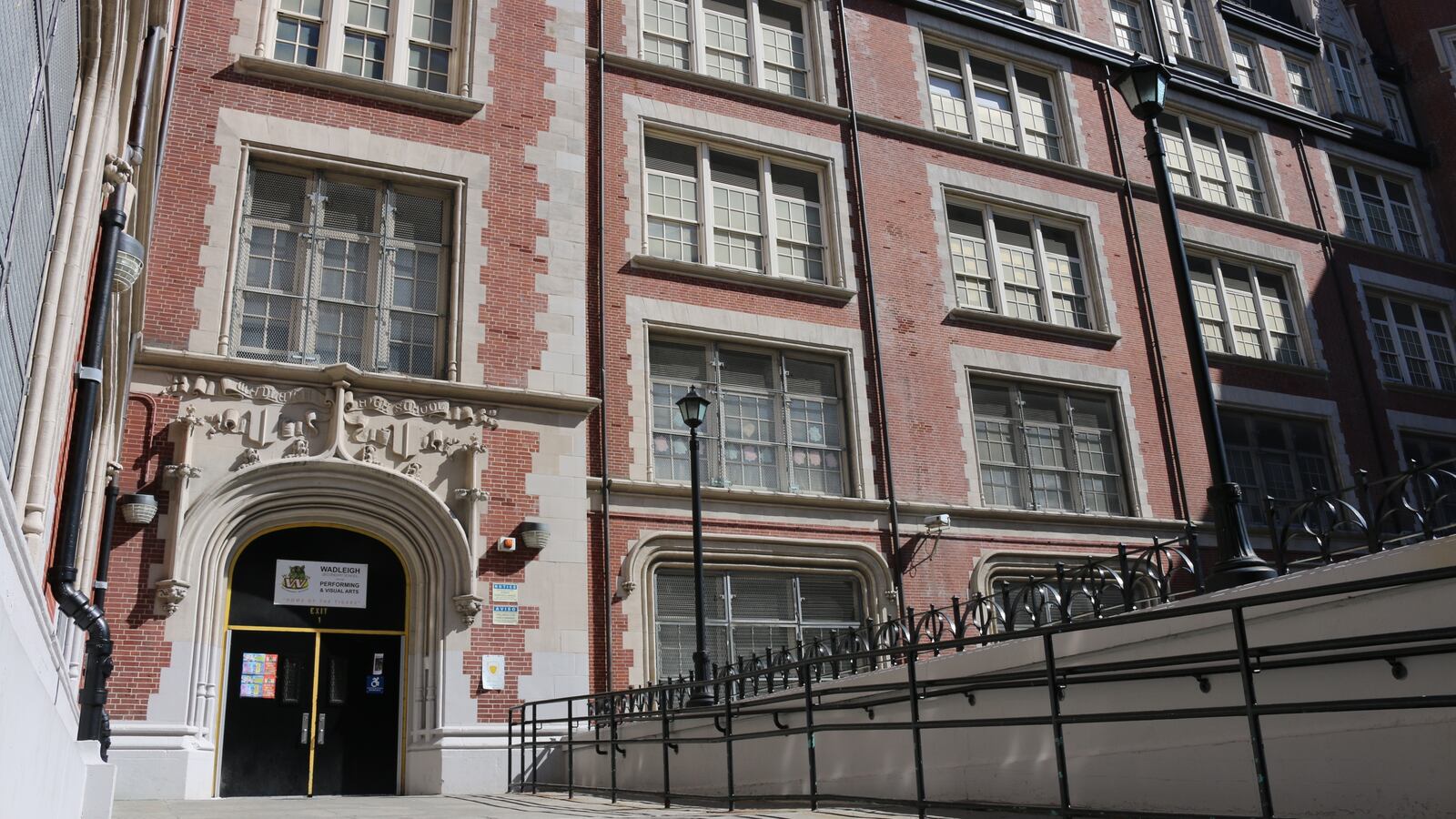The New York City education department on Wednesday approved a plan to integrate middle schools in Manhattan’s District 3, the culmination of years of advocacy amid vocal pushback against admissions changes aimed at creating more economically and academically diverse schools.
The plan marks the city’s first attempt under Mayor Bill de Blasio to integrate middle schools across an entire district, an effort that garnered national attention after the schools Chancellor, Richard Carranza, tweeted a blunt criticism of parents who protested the proposal.
Announcing approval of the plan, Carranza said in a statement that he hopes District 3 will serve as a model for other communities aiming for more diversity.
“Students benefit from integrated schools, and I applaud the District 3 community on taking this step to integrate their middle schools,” he said.
The new admissions system builds on growing momentum to unravel deep segregation in the country’s largest school system. A few weeks ago, de Blasio announced a contentious plan to overhaul admissions at the city’s elite specialized high schools. And later on Wednesday, a set of recommendations is expected to be unveiled for integrating middle schools in Brooklyn’s District 15.
Under the plan approved in District 3, students who are poor, struggle on state tests, and earn low report card grades will be given admissions priority for a quarter of seats at the district’s middle schools. Of those seats, 10 percent would go to students who struggle the most, and 15 percent would go to the next-neediest group.
Education officials had considered weighing a number of different criteria to determine which students would get priority. They settled on a mix indicators including student poverty and academic achievement because it “identifies students most likely to suffer the consequences of long-term segregation in District 3,” according to a statement released by the Community Education Council, a group of parent volunteers who have supported the district’s integration efforts.
Since academic performance is often linked to race and class, the new admissions system could integrate schools on a number of different measures. But in aiming for academic diversity explicitly, the district is pushing for a unique and controversial change. In District 3 and across New York City, high-performing students are often concentrated in a tiny subset of schools.
Parents who worried their children would be elbowed out of the most selective schools pushed hard against the plan, including a woman featured on a viral NY1 video saying that the proposal tells hard-working students “life sucks.”
“I think it was definitely a much harder concept for parents to understand,” said Kristen Berger, a parent on the local Community Education Council who has helped lead the integration effort. “We have a lot of talk about meritocracy… anything that challenges it, challenges a very basic concept parents have.”
With those concerns in mind, the district says it will boost training for school staff in strategies to help struggling students. The district will also provide anti-bias training for all middle school staff and teachers will also focus on culturally relevant education practices, which ensure that all students are reflected in what is taught in classrooms.
Despite the backlash, the proposal would actually have a modest impact on many district schools, according to city projections. Among the schools expected to change the most is the Computer School, which would see a 16-point increase in the number of needy students who are offered admission. Still, only 28 percent of students would be poor and have low test scores and report card grades.
Schools that currently serve the greatest number of struggling students aren’t expected to change much, if at all, according to projections. Many of those schools are in Harlem, prompting education council members to push the department to do more for those schools.
The council pledged to take on the work itself. Parents want to weigh whether new school options are needed, and “address long-standing challenges such as disparities in resource allocation,” the council’s statement said.
“We need a Harlem vision. That’s really important and that’s key to the next steps,” Berger said.

